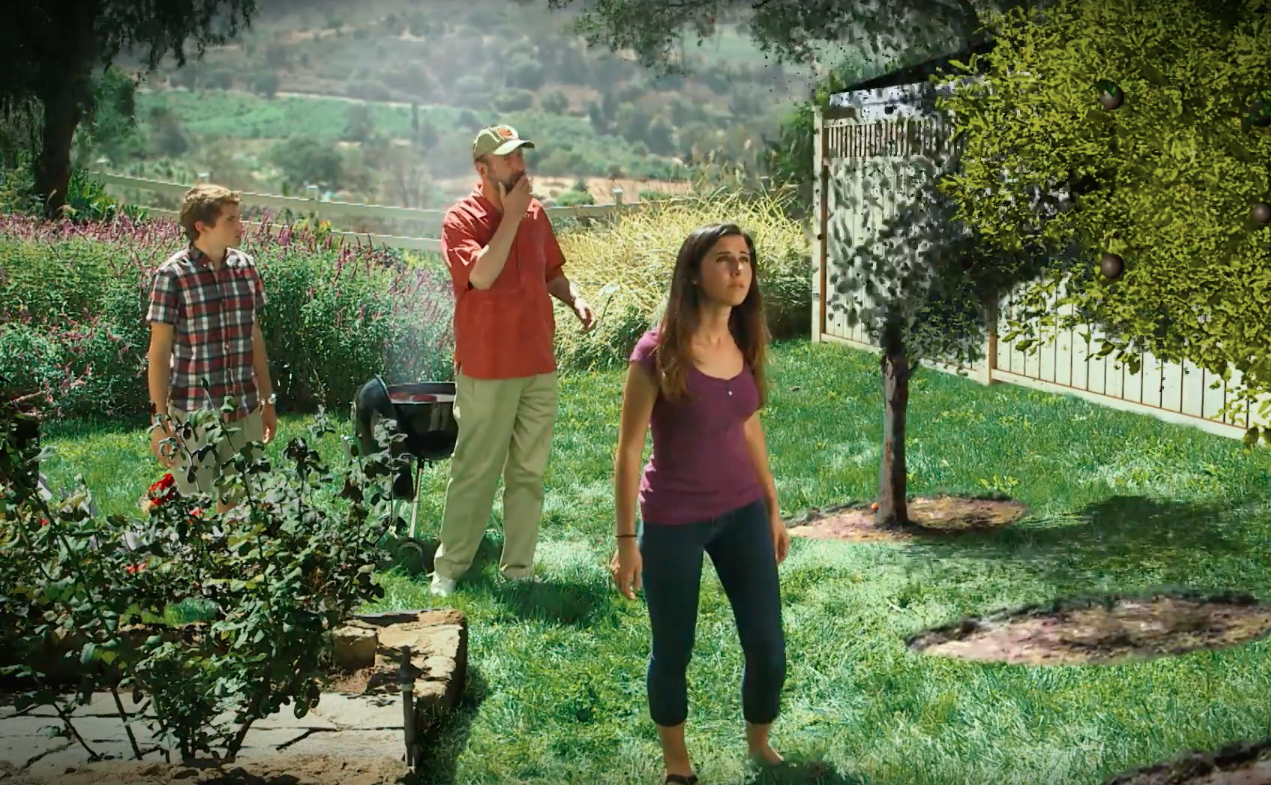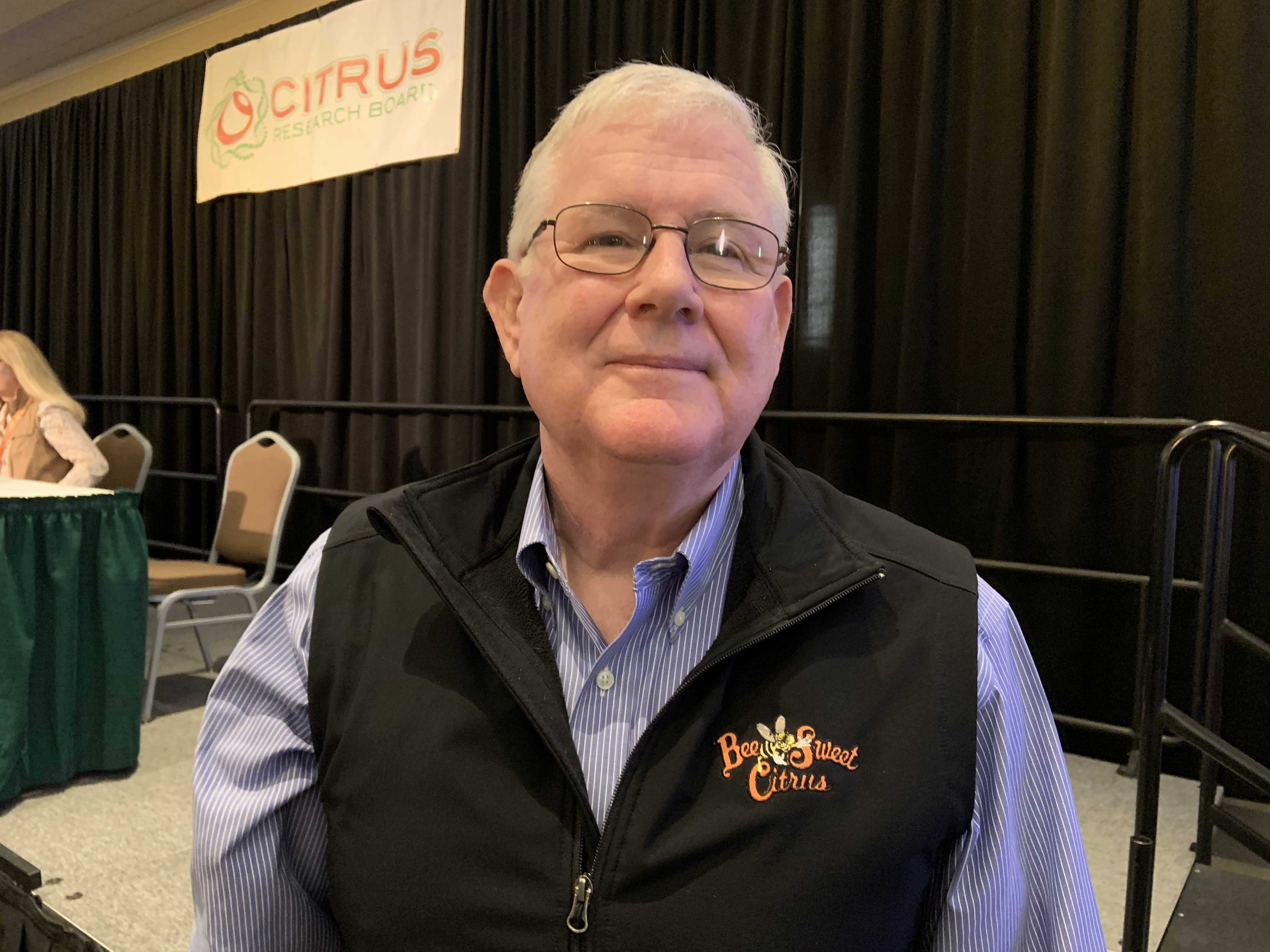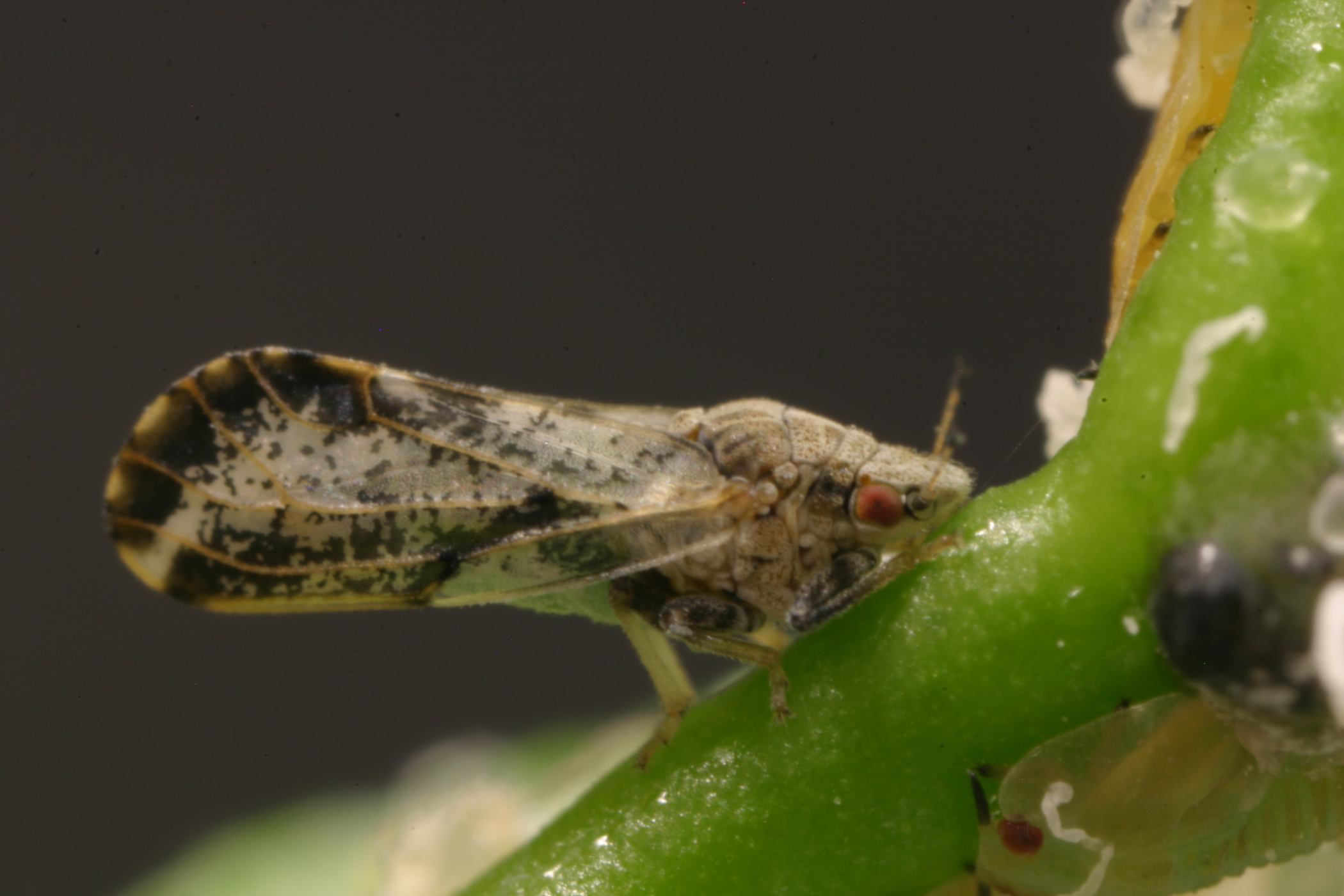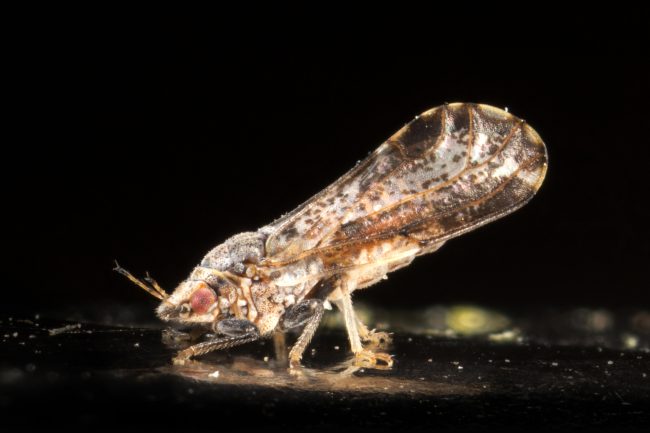New Computer App To Help Fight HLB Disease
Computer App Available To Aid In HLB Fight in Southern California
By Patrick Cavanaugh, Editor
A computer app is now available to anyone curious about how close a HLB infected tree was found near his or her home.
The fight to reduce the incidence of Southern California trees infected with the fatal Huanglongbing disease takes many different strategies, in Southern California, particularly in Orange and LA Counties, where the disease continues to spread in trees in the yards of residents.
UC Scientist and others in the citrus industry are suggesting that homeowners remove citrus trees in their yards and replace them with non-citrus trees.
“One of the things we’re suggesting that homeowners do is if they’re near where a tree has been removed because it’s been declared positive, that, the homeowner consider removing their citrus trees proactively implanting non citrus,” said Beth Grafton-Cardwell a UCANR Entomologist based at the Lindcove Research and Extension Center.
And if homeowners want to know how close a positive has been found to their home, they can now find out. The information can be found by going to ucanr.edu/hlbapp. By zooming in, the site gives recommendations as to whether a homeowner should replace a tree or not.
It’s not a downloadable app for a smart phone but the web address can be access on the phone and be bookmarked.
“The point of this is because we can’t tell in an early infection which trees are infected,” said Grafton-Cardwell. “If a homeowner is near a known infected tree, there is a good chance that your trees are already infected and we just can’t tell yet.”
“So you help your neighbors and the industry by just taking those trees out and then you don’t have to have CDFA knocking on your door to spray pesticides or to ask to test your tree, if you just get the tree out,” she said.
Already more then 1,600 citrus trees in Southern California have been tested positive for HLB disease, and those trees have been removed.






















